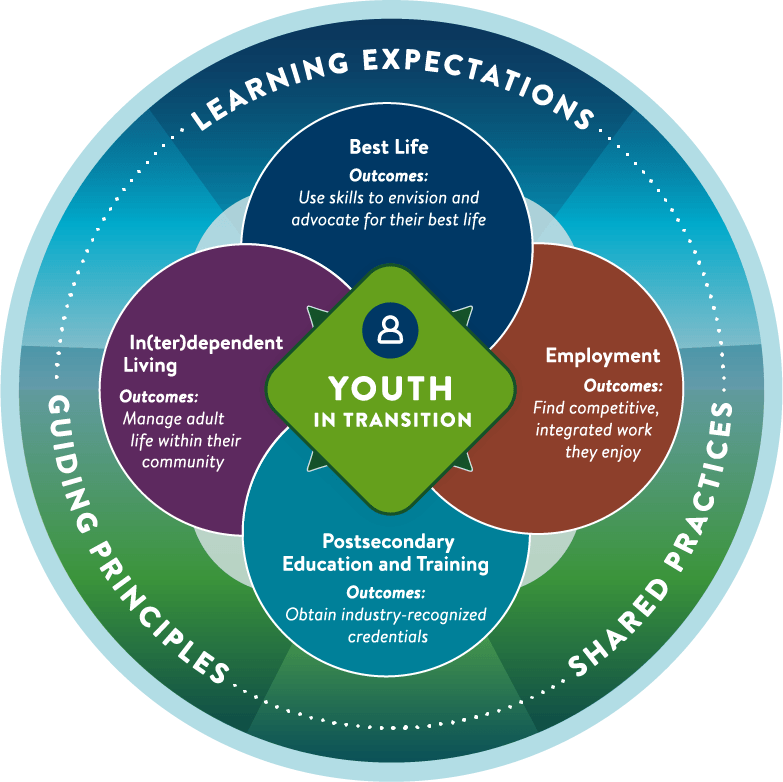Special education teachers / coordinators, vocational rehabilitation staff, and case managers have an important role in aligning their work to Minnesota’s Youth in Transition Framework. Learn about key responsibilities and actions steps you and your team can take to improve outcomes for youth and their families.

